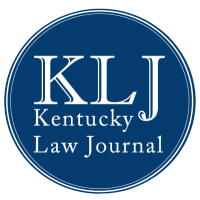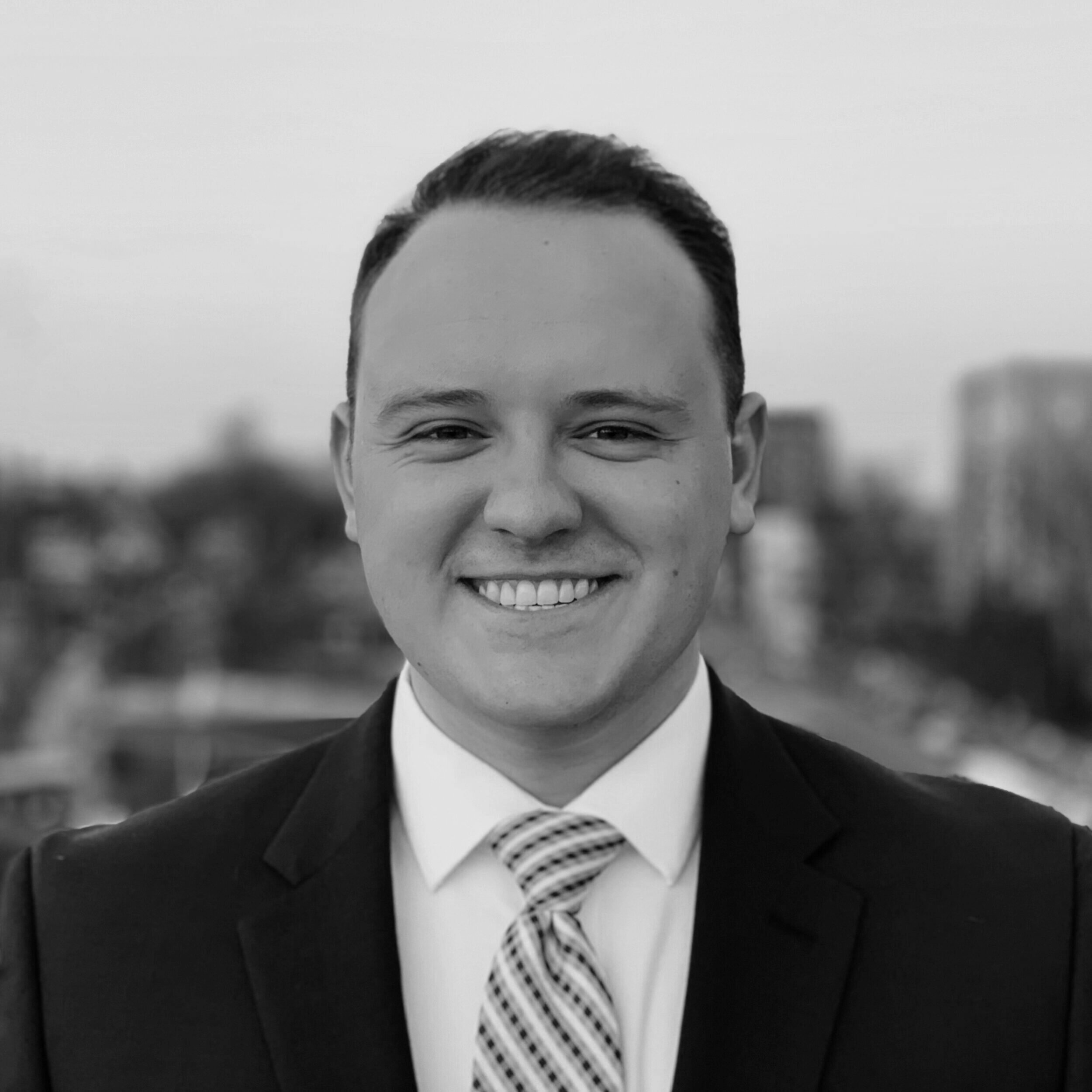Earlier this summer, the Supreme Court of the United States handed down a ruling that could impact the way creditors interact with debtors after a bankruptcy discharge. In Taggart v. Lorenzen, the Court held that a creditor (or non-debtor, more generally) who violates a bankruptcy discharge can be held in civil contempt if there is “no fair ground of doubt” as to whether or not the creditor acted in violation of the discharge.[2] The case marks a debtor-friendly shift in how bankruptcy courts previously determined whether or not to hold discharge violators in contempt, and more broadly illustrates an application of non-bankruptcy jurisprudence to bankruptcy law.[3]
Taggart has a fairly complex factual background and procedural history. The case began in 2008 when Mr. Taggart was sued in Oregon state court by his business partners for an alleged violation of their LLC’s operating agreement.[4] While that litigation was ongoing, Mr. Taggart filed for Chapter 7 bankruptcy[5], which allows debtors to liquidate assets and pay creditors to obtain a bankruptcy discharge. In short, that discharge releases the debtor from all eligible debts accrued before the bankruptcy.[6] Mr. Taggart finished his bankruptcy and obtained a discharge of his debt before the state court trial began.[7]
Shortly thereafter, the Oregon trial court entered a judgment against Mr. Taggart, and the plaintiffs sought to collect attorney’s fees and court costs from him.[8] Monies owed from legal judgments are included in the debts eligible for discharge in a Chapter 7 bankruptcy,[9] and Ninth Circuit precedent holds that litigation expenses accrued after a discharge are still discharged if the litigation was filed prebankruptcy.[10] Still, the plaintiffs argued that Mr. Taggart was liable for their accrued expenses under an exception from the same aforementioned Ninth Circuit case, which holds the debtor liable for litigation fees and costs if the debtor “returns to the fray[11],” or voluntarily continues to litigate disputed debt after a discharge.[12]
The Oregon state trial court sided with the plaintiffs, holding that Mr. Taggart had “returned to the fray” and was thus liable for the plaintiff’s attorney’s fees.[13] Taggart then went to the federal Bankruptcy Court and filed a motion for the defendants to be held in contempt for violation of his bankruptcy discharge, and the Bankruptcy Court also sided with the defendants, holding that Taggart had indeed “returned to the fray.”[14] Taggart appealed that decision to the federal District Court, which sided with him, holding that he had not “returned to the fray” and remanding the case to Bankruptcy Court to decide on whether or not to hold the defendants in contempt for violating the discharge.[15]
The Bankruptcy Court then decided to hold the defendants in civil contempt, applying a strict liability standard on the basis that the defendants were aware of the discharge and intended the actions they took in violation of the discharge, regardless of whether or not they were aware of their (non)compliance with the discharge.[16] The defendants appealed, and the Bankruptcy Appellate Panel vacated the contempt holding.[17] On appeal by Taggart, the Ninth Circuit agreed with the appellate panel, holding that a creditor’s good faith belief that its actions are in compliance with the discharge is sufficient to preclude holding that creditor in contempt of court, even if that good faith belief is unreasonable.[18]
On cert from the Ninth Circuit, the Supreme Court heard oral arguments on the case in October 2017 and following a unanimous decision, released its opinion in June 2019.[19] The Court sided with Taggart, holding that a Bankruptcy Court is authorized to hold a non-debtor in civil contempt for violating a discharge “when there is no objectively reasonable basis for concluding that the creditor’s conduct might be lawful under the discharge order.”[20]
The Court’s reasoning is based in an interpretive principle originally coined by Justice Frankfurter: “When a statutory term is ‘obviously transplanted from another legal source,’ it ‘brings the old soil with it.’”[21] Because civil contempt is not a concept unique to the Bankruptcy Code, the “old soil” of previous jurisprudence on civil contempt in other settings also applies to bankruptcy proceedings, the Court explains.[22] In other words, “the bankruptcy statutes incorporate the traditional standards in equity practice for determining when a party may be held in civil contempt for violating an injunction.”[23] From there, the Court pulled the “fair ground of doubt” standard for civil contempt from a case decided in 1885,[24] which is an objective standard, but the Court noted that subjective intent may be considered as a factor in determining whether or not to hold a party in civil contempt.[25] All in all, the Court believes that the Taggart standard “strikes the ‘careful balance between the interests of creditors and debtors’ that the Bankruptcy Code often seeks to achieve.”[26]
The new standard is indeed balanced, but when compared to the approach taken by the Ninth Circuit, the Taggart holding is much friendlier to debtors, as creditors can no longer avoid being held in contempt of court by simply making a claim of good faith, regardless of how reasonable that claim may or may not be. The Court acknowledges this, noting that the Ninth Circuit’s standard could “lead creditors who stand on shaky legal ground to collect discharged debts, forcing debtors back into litigation . . . to protect the discharge that is was the very purpose of the bankruptcy proceeding to provide.”[27]
Despite Taggart’s debtor-friendly appearance, amicus briefs filed by the creditors’ bar were also critical of the Ninth Circuit standard,[28] and creditors appear to be reacting positively to the Taggart decision.[29] Nicole Strickler, an attorney for the National Creditors Bar Association (hereinafter NCBA) and author of the NCBA’s amicus brief to the Court, was quoted in Bloomberg Law acknowledging Taggart as positive for creditors “because it recognizes that reasonable minds may differ, and in such cases, creditors shouldn’t be punished.”[30] In other words, while giving debtors a powerful tool to use against predatory creditors who violate the Bankruptcy Code, Taggart also provides bright line guidance to creditors, thereby enabling law-abiding creditors and their attorneys to be more aware of what can and cannot land creditors in trouble with the courts.
The case is also worth noting because it serves as an example of the “[rejection of] bankruptcy exceptionalism,” which is “the using of bankruptcy policy to resolve questions . . . relating to disputes in bankruptcy.”[31] In other words, a bankruptcy exceptionalist would advocate against the importing of general jurisprudence to a bankruptcy case, and Taggart does exactly that. Some legal scholars see bankruptcy exceptionalism as more of a problem than others,[32] but only time will tell whether or not Taggart is the beginning of a larger trend in bankruptcy jurisprudence. Legal scholars aside, it appears that for now, bankruptcy practitioners are willing to forego bankruptcy exceptionalism, as both the creditors’ and debtors’ bars are seeming to welcome the clarity provided by Taggart.[33]
All in all, the Taggart decision handed down by the Supreme Court this summer provides useful and important guidance to bankruptcy lawyers and their clients, both on the creditor and debtor sides. As lower courts begin to apply and interpret the Taggart standard, a clearer picture should emerge of how the ruling will impact bankruptcy law practice, but most of the decision’s effects will be felt in the consumer bankruptcy arenas of Chapter 7 and Chapter 13, where most discharge disputes tend to arise.[34] For now, debtors should take note and keep watch of predacious creditors seeking to collect debt in violation of a bankruptcy discharge, as Taggart provides those debtors with a more assured remedy. On the flip side, creditors should be careful to know exactly what debt is and is not discharged at the end of a bankruptcy, as they could find themselves in quick trouble for seeking to collect a discharged debt under this new standard.
[1] Staff Editor, Kentucky Law Journal, Vol. 108; J.D. Candidate, University of Kentucky College of Law (2021); B.A. Political Science, University of Kentucky (2018); B.A. Integrated Strategic Communication, University of Kentucky (2018)
[2] 139 S. Ct. 1795, 1799 (2019).
[3] See Id.
[4] See Sherwood Park Bus. Ctr. v. Taggart, 341 P.3d 96, 220-21 (Or. Ct. App. 2014).
[5] Taggart, 139 S. Ct. at 1799.
[6] See 11 U.S.C. §§ 704(a)(1), 726 (2019).
[7] Taggart, 139 S. Ct at 1800.
[8] Id.
[9] 11 U.S.C. § 524 (2019).
[10] Taggart, 139 S. Ct at 1800 (citing in re Ybarra, 424 F.3d 1018 (9th Cir. 2005)).
[11] Id.
[12] In re Ybarra, 424 F.3d at 1023 (citing in re Fostvedt, 823 F.2d 305, 306 (9th Cir. 1987)); see also 4 Collier on Bankr. P. 524.02 (16th, 2019).
[13] Taggart, 139 S. Ct. at 1800.
[14] Id.
[15] Id.
[16] See in re Taggart, 522 B.R. 627, 632 (Bankr. D. Or. 2014).
[17] Taggart, 139 S. Ct. at 1800.
[18] Lorenzen v. Taggart, 888 F.3d 438, 444 (9th Cir. 2018).
[19] Taggart, 139 S. Ct. at 1795.
[20] Id. at 1801 (emphasis added).
[21] Id. (citing Hall v. Hall, 138 S. Ct. 1118 (2018) (quoting Felix Frankfurter, Some Reflections on the Reading of Statutes, 47 Columb. L. Rev. 527, 537 (1947)).
[22] Id.
[23] Id.
[24] Id. at 1801-02 (quoting California Artificial Stone Paving Co. v. Molitor, 113 U.S. 609, 618 (1885)).
[25] Id. at 1802.
[26] Id. at 1804 (citing Clark v. Rameker, 573 U.S. 122, 129 (2014)).
[27] Id. at 1803.
[28] Brief for the National Creditors Bar Association as Amicus Curiae In Support of Respondents, Taggart v. Lorenzen, 139 S. Ct. 1795 (2019) (No. 18-489) (“. . . the NCBA asks this Court to adopt the reasoning of the Bankruptcy Appellate Panel that found contempt sanctions were inappropriate because Respondents had a reasonable, objective, good faith basis for lacking knowledge of the applicability of the discharge . . . .”).
[29] See Diane Davis, Supreme Court Clarifies When Creditors Can Collect in Bankruptcy, Bloomberg L.: Bankruptcy L. (June 3, 2019), https://news.bloomberglaw.com/bankruptcy-law/supreme-court-clarifies-when-creditors-can-collect-in-bankruptcy.
[30] Id.
[31] Bruce A. Markell, The Not-So-Terrible “Ts”: Tempnology and Taggart, 39 Bankr. L. Letter 7 (2019).
[32] Compare Rafael I. Pardo & Kathryn A. Watts, The Structural Exceptionalism of Bankruptcy Administration, 60 UCLA L. Rev. 384 (2012) with Jonathan C. Lipson, Debt and Democracy: Towards a Constitutional Theory of Bankruptcy, 83 Notre Dame L. Rev. 605 (2008).
[33] See supra notes 28-30.
[34] Charles M. Tatelbaum and Kadeem G. Ricketts, Creditors Beware – Bankruptcy Courts Now May Hold Creditors in Contempt, Law.com: Daily Business Review (July 15, 2019), https://www.law.com/dailybusinessreview/2019/07/15/creditors-beware-bankruptcy-courts-now-may-hold-creditors-in-contempt/?slreturn=20190812181456.





